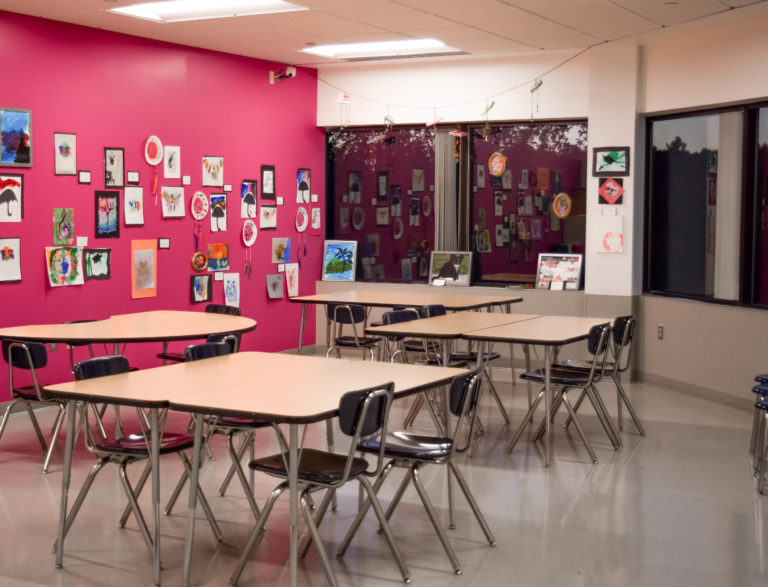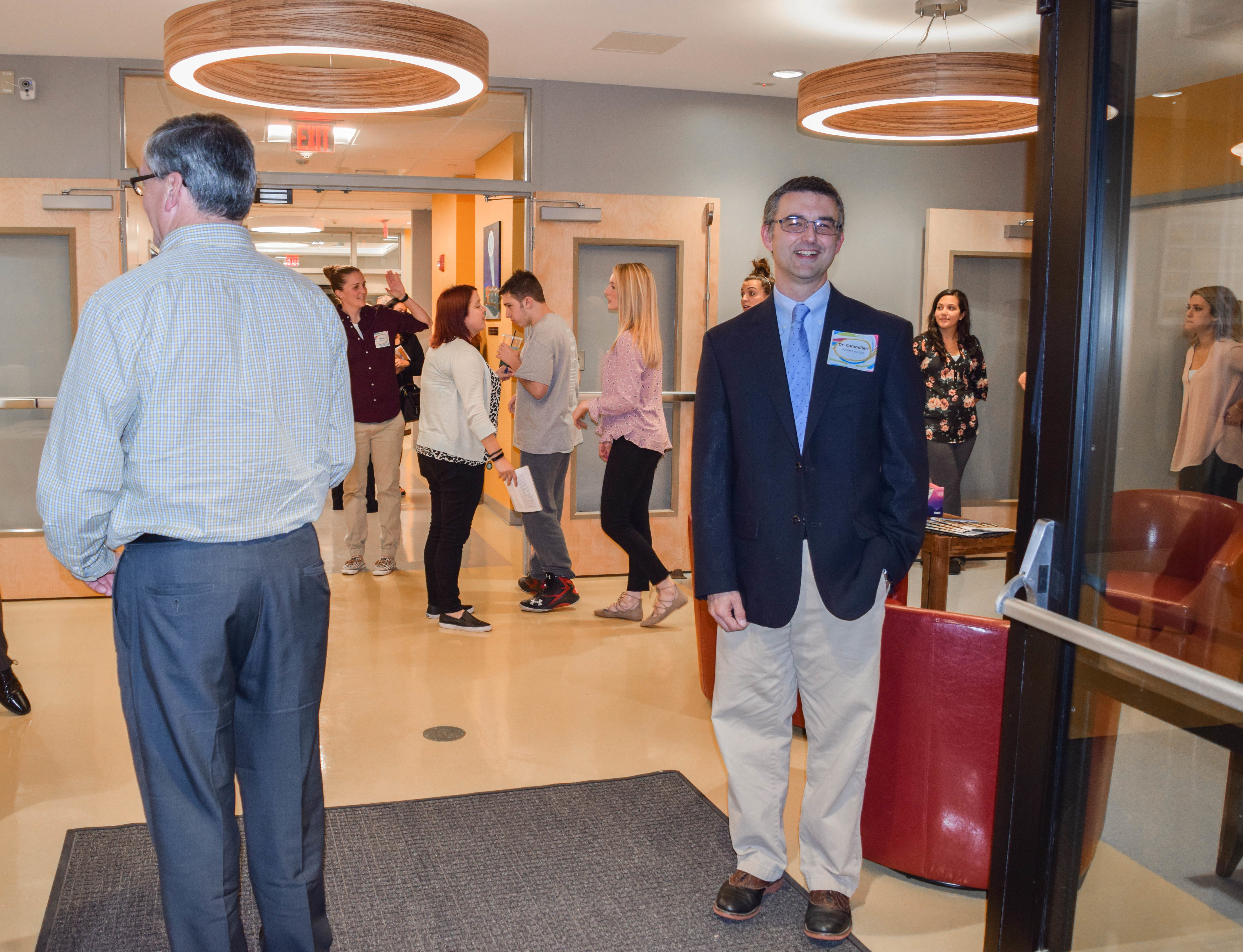What’s Our Why?
What’s Our Why?
“People don’t buy what you do, they buy why you do it.
People don’t buy what you do, they buy why you do it.”
Simon Sinek repeats the phrase for emphasis during his TED talk.
He goes on to say that the goal is not to do business with everyone who needs your services, but to do business with those that believe what you believe. Wouldn’t that be ideal—to be sought out by clients who are already a good fit for your firm, who are aligned demographically, geographically, and most of all psychographically (as defined by the Entrepreneurial Operating System from the book Traction). I immediately began to question—what’s our why? Why do we get up in the morning and come to work? What do we believe?

The diagram above Simon calls the “Golden Circle.” He uses it to explain why some companies are successful and others are not. He notes that 100 percent of companies know what they do, and some know how they do it, but very few know why—the company’s purpose or belief.
The majority of companies communicate from the outside in on the diagram. We can understand all the features and benefits of a product or service, but it does not drive the behavioral response. For example, we practice architecture (the what); we produce designs and provide a service (the how); do you want to do business with us? (The behavior or motivation we seek).
Inspiring? Not really.
Now if we flip the way we communicate to the inside out as diagrammed above, it would go something like this. It starts with our why, the emotion or behavior. We believe in the power of design to help our clients make the world more beautiful, functional, and sustainable. Through our design process (the how), we balance with appropriate emphasis the aesthetics, function, efficiency, quality, craft, budget and the schedule to deliver compelling projects (the how). Do you need (the what) an architect?
Can you hear the difference?
What’s interesting is the biology that Simon uses to back up his discovery to take it beyond mere opinion. He notes that the brain, looking from the top down, is organized similarly to the Golden Circle. The outer ring is the neo-cortex, responsible for language, rational thinking and reasoning. The two inner rings are the limbic brain, which controls emotion, behavior, and motivation with no language ability. Think about gut reactions or when something just feels right. This is the portion of the brain that controls behavior.
By sharing what we believe instead of just what we do, we can connect with clients emotionally. This provides for them the motivation to engage us and then to rationalize the choice with the what—the features and benefits of working with us. Our many long-term client relationships demonstrate that we instinctively get this, and our goal is to make it more conscious and explicit by communicating it specifically and initiating a dialogue around the idea.
It is important to realize that few architects do anything without a client. It is why our purpose is to help our clients. They come to us with a need that may be defined as simply as requiring more space, or another residence hall, a new lab, an Alzheimer’s wing for residents, or more affordable housing. The simplicity of the need belies the process to deliver the project that must then consider its beauty, its function, and the resources it uses. There are 10,000 decisions to be made from the fundamental to the mundane in getting a building designed and constructed, and we are involved intimately and continually—advising our clients, designing, coordinating, and putting all aspects of the project into a proper balance.
We believe in the power of design. Design makes a difference; it is how we live our lives, as evidenced by the blog post Design Disease. Throughout our fifty-year history, there are numerous examples of how great design has enabled buildings to serve their purpose for more than half a century with very little change. More recently, our Fuse multi-family project, which opened amid much market competition, stabilized in eight months rather than the eighteen the developer had budgeted, and approximately 20% of the new residents came from competing buildings in the Alewife area. This is evidence that design makes a difference in where people choose to live.
Our purpose is broadly stated, conveying beauty, functionality, and sustainability, but allowing each of our market sectors to expand on these terms and tailor specific messages. These multiple markets—residential, science and technology, academic, senior living, and workplace—shown in the outer ring of the Golden Circle above, help the firm weather varying market conditions, even out the workflow, and sustain the talented individuals and families that make up our firm. When our employees feel secure and supported, they are happier and in turn, their service to our clients is superior. Each constantly reinforces the other. A client comfortable hiring us in one sector is also a potential client in other sectors because of our shared core beliefs.


Opening night at The Crossroads School
We chose to make our purpose aspirational—to make the world more beautiful, functional, and sustainable. We understand that each project impacts the world in a different way and our goal is to help make the world better with each one. Each project is full of opportunities and we challenge ourselves to find those things in every project. The Crossroads School for children with autism delivers on their belief that “every kid deserves a school.” A world that includes special needs kids and families is more beautiful, as is a world that includes the award-winning design for urban housing at Loft 23. The GreenHouse® model for elder care delivered at the Leonard Florence Center for Living is a functional evolution of nursing home care that has shown remarkable results in the well being of residents. But improved function can also be seen in the new home for the McMullen Museum at Boston College that enables it to show and preserve its collection while enjoying an adaptive rehabilitation of a historic building on the campus.
We have sustainable aspirations as well and have signed the AIA’s 2030 Commitment to work towards carbon neutrality for our buildings. We have completed and are currently monitoring a net zero energy demonstration project for the North Shore Community College’s Health Professions Building.
As these examples show, our purpose is robust and comprehensive. Our goal is to consider the opportunities in each project and define what we will strive for in each of the three areas as a project charter and as a way to demonstrate our why. We will engage like-minded clients and respond to their priorities and also inspire them with some stretch goals. We will explore what aspect will best make the project unique on the way to helping our clients make the world more beautiful, functional, and sustainable.
The next post, “The Art of Balance” will explain how we deliver on our purpose.

I’m thrilled to see the Simon Sinek system being applied at DS. What a great way to bring heart into the spaces we design.
-Marhea Pardo